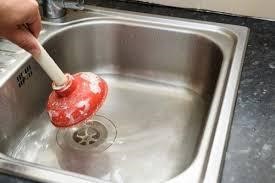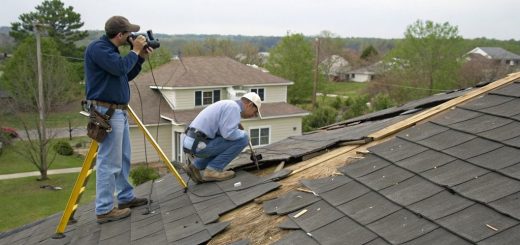When to Wash Your Walls: A Rock Climber’s Guide to Cleaning Climbing Walls Surfaces
Rock climbing is a thrilling sport, testing both physical prowess and mental grit. However, a crucial element often overlooked is the maintenance of the climbing surface itself – the rock wall. A clean wall isn’t just about aesthetics; it significantly impacts your climbing experience, safety, and the wall’s longevity. Let’s dive into the factors that determine when it’s time for a wash.
Why Cleaning Matters
Before we delve into the frequency, let’s understand why cleaning is vital:
- Friction and Grip: Chalk buildup, skin oils, and environmental grime reduce friction, making it harder to grip holds securely. This can lead to unexpected slips and falls.
- Hold Visibility: A dirty wall obscures the true features of holds, making route reading difficult and potentially leading to misjudgments.
- Rock Preservation: Some cleaning agents can degrade rock over time. Regular, gentle cleaning with the right products helps preserve the wall’s integrity.
- Hygiene: Climbing walls are high-touch surfaces. Regular cleaning prevents the spread of germs and keeps everyone healthy.

Factors Affecting Cleaning Frequency
There’s no one-size-fits-all answer to how often a rock wall should be cleaned. Several factors come into play:
- Usage: High-traffic walls in gyms or popular outdoor areas will naturally get dirtier faster than less frequently used ones.
- Climbing Style: Bouldering walls, with their dynamic movements and frequent falls, tend to accumulate more chalk and grime than top-rope or lead walls.
- Environment: Outdoor walls exposed to the elements will collect dust, pollen, and debris more quickly than indoor walls.
- Hold Material: Some hold materials, like porous resin, absorb more chalk and sweat than smoother plastics, requiring more frequent cleaning.
- Climate: Humid climates can encourage mold and mildew growth, necessitating more frequent cleaning.
General Guidelines
While specific frequencies vary, here are some general guidelines:
- Indoor Climbing Gyms: Aim to clean high-traffic bouldering walls weekly or bi-weekly, while less used areas might suffice with monthly cleaning. Top-rope and lead walls can often go longer between washes.
- Outdoor Climbing Areas: Cleaning frequency depends on popularity and weather. Popular crags might need cleaning every few months, while less frequented areas might be fine with annual or even less frequent cleaning.
- Personal Walls: If you’re lucky enough to have a home wall, cleaning frequency depends entirely on your usage and preference. Regular light cleaning is recommended, with a deeper clean every few months.
Signs Your Wall Needs Cleaning
Beyond general guidelines, watch for these telltale signs:
- Visible Chalk Buildup: If you can easily see chalk streaks and patches, it’s time for a wash.
- Slippery Holds: If holds feel unusually slick, even after chalking up, grime is likely the culprit.
- Discoloration: A darkening of holds or the wall surface indicates dirt and grime accumulation.
- Musty Smell: A persistent musty odor signifies mold or mildew growth, requiring immediate cleaning.
Cleaning Methods
The best cleaning method depends on the wall type and cleaning agent used.
- Brushing: For light cleaning and chalk removal, a stiff brush can be effective. Be gentle to avoid damaging the holds or rock.
- Washing: A mild soap and water solution, applied with a brush or sponge, works well for most dirt and grime. Rinse thoroughly and allow to dry completely before climbing.
- Pressure Washing: For heavily soiled outdoor walls, a pressure washer can be used. Use a low-pressure setting and appropriate cleaning agents to avoid damaging the rock.
Choosing Cleaning Agents
Always use cleaning agents specifically designed for climbing holds and rock. Avoid harsh chemicals like bleach or ammonia, which can damage both the wall and your skin. When learning how to clean an indoor rock wall, biodegradable, eco-friendly options are available and preferable, especially for outdoor cleaning. For more information, you can check out: https://nothincreative.com/how-to-clean-natural-stone-wall/.
A Note on Ethics
In the outdoor climbing community, there’s an ongoing debate about cleaning holds. Some argue that it’s part of the challenge, while others emphasize the importance of friction for safety. Always respect local ethics and established practices. In popular areas, consider coordinating cleaning efforts with other climbers or land managers.
In Conclusion
Regularly cleaning your rock wall is an essential part of climbing maintenance. By understanding the factors influencing cleaning frequency and using the right methods and products, you’ll ensure optimal friction, safety, and longevity for your climbing surfaces. A clean wall isn’t just about performance – it’s about respecting the rock, the environment, and the shared experience of climbing.















